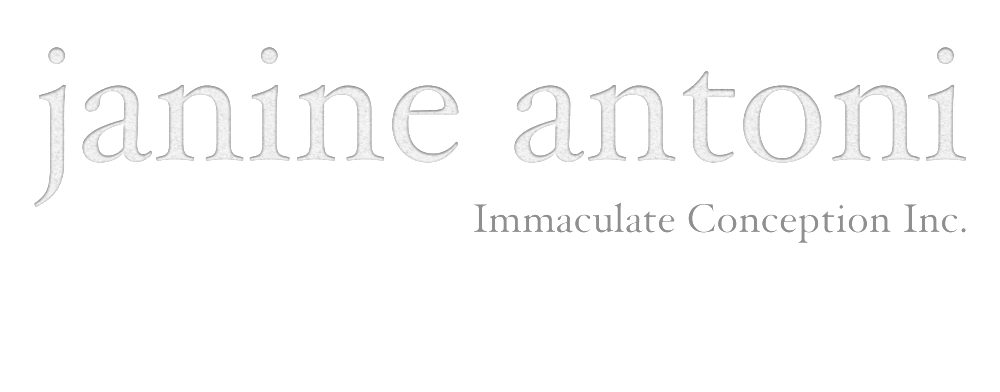


Janine Antoni
Costumed intervention for Stephen Petronio’s Stripped
Composer: Philip Glass
April 2014, The Joyce Theater, New York, New York
Performance documentation
Stripped functions as a portrait of a man. The man’s tie is about surface; as a decorative accessory, it has no real purpose and is the most overt form of expression that a man has in his wardrobe. Though we start with the masculine trope of the suit and tie, a classic portrait of a man, it becomes a portrait of a particular man: over the course of the dance, the stereotype becomes specific, it unwraps, removes his persona and exposes his identity.


